Meet our prototypes.
Explore the cutting-edge technology behind mu-zero's prototypes!
mu-zero's Approach
Our primary focus is to delve deeply into the development and validation of cutting-edge propulsion and levitation concepts of hyperloop systems. Additionally, we emphasize on data-driven modeling and engineering. The latter aspect is particularly critical in the context of Hyperloop technologies, where physical testing at the extremely high speeds involved can be both challenging and costly.
Through extensive discussions with industry experts, we arrived at a significant realization: comprehensive simulations offer a powerful avenue for accelerating the actual implementation of a Hyperloop system. Not only do they reduce the need for expensive physical prototypes during initial validation, but they also have broad applications beyond the Hyperloop industry.
As a result, our overarching research objectives revolve around continuous development. We aim to drive digitalization and automate development processes, all within the context of ultra-high-speed transportation. By doing so, we pave the way for a more efficient and sustainable future.
Prototypes
Learn more about our prototypes for each season!
Season V
Season IV
Season III
Season II
Season I
Something is cooking! Stay tuned for more updates on Season V.
